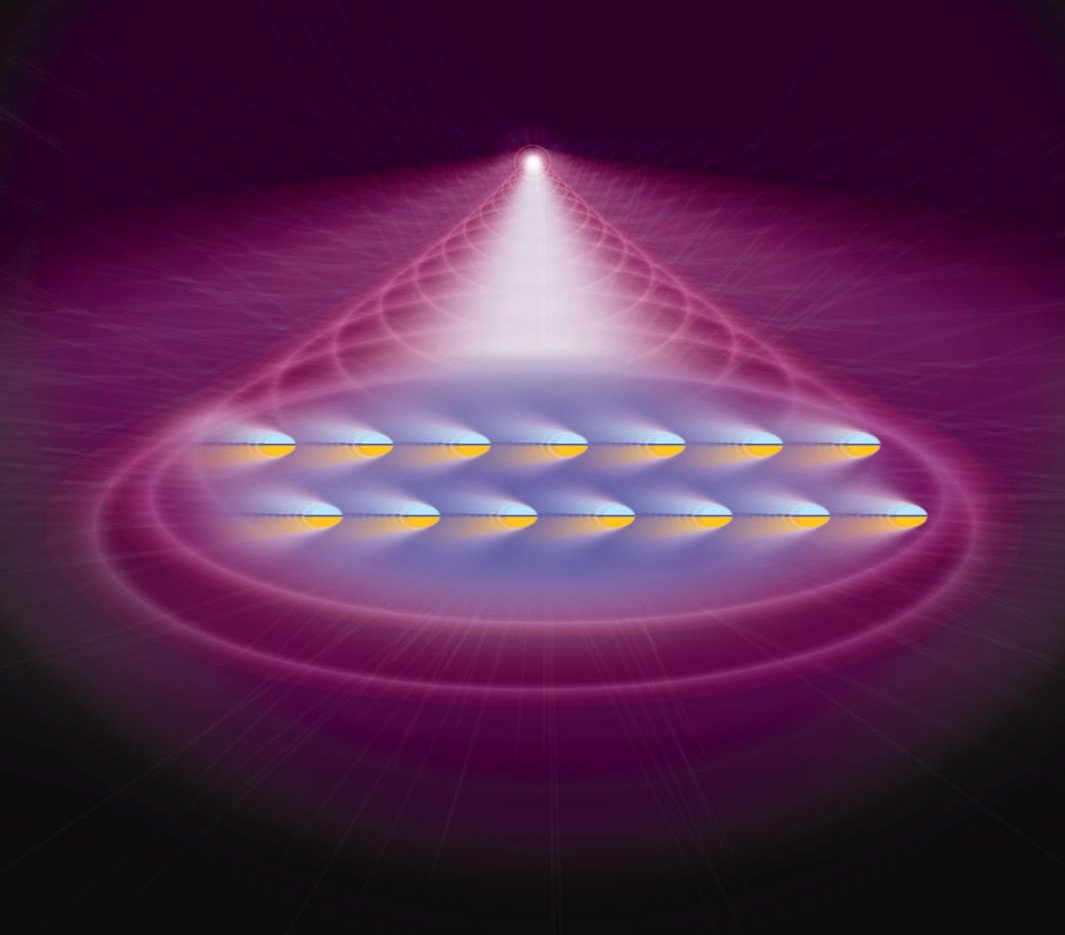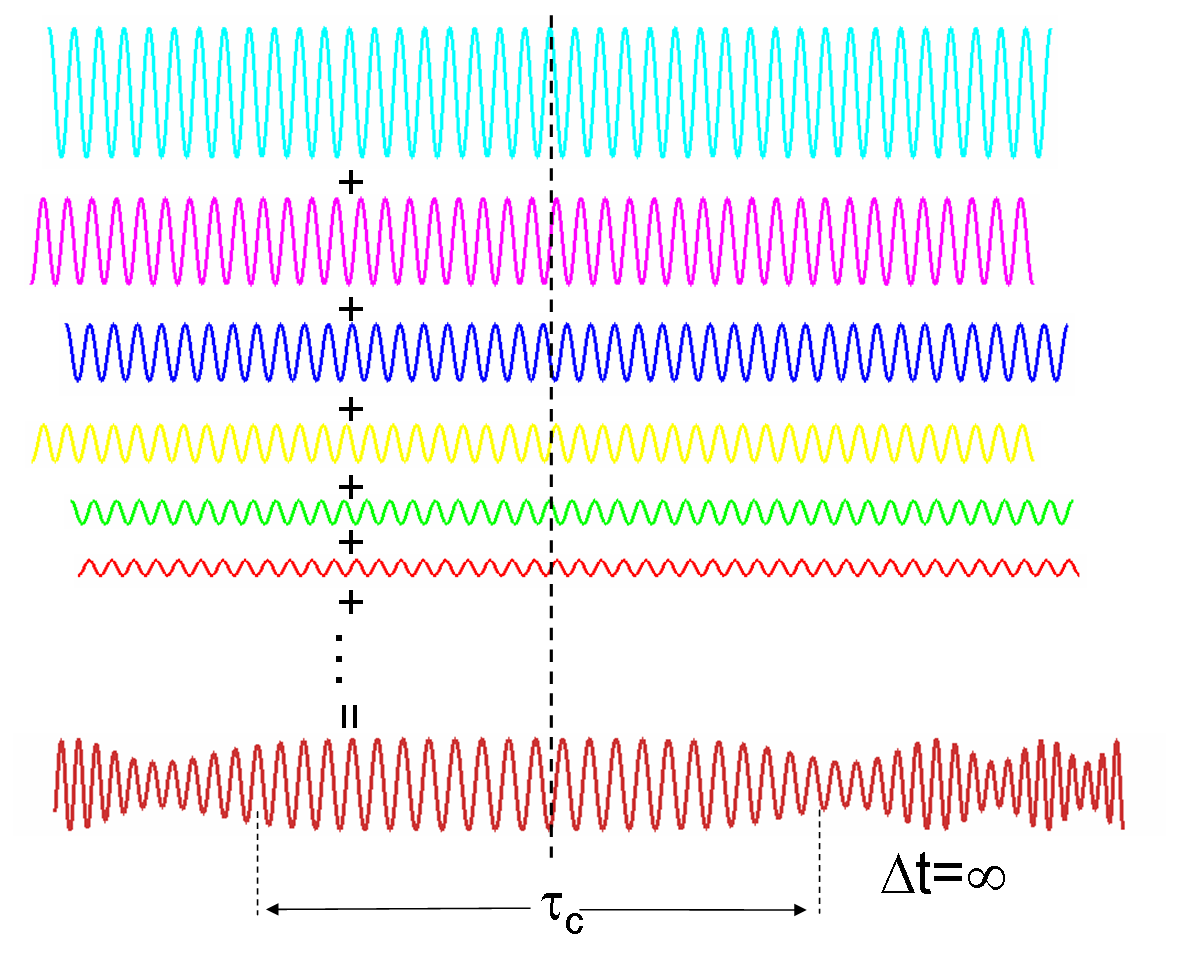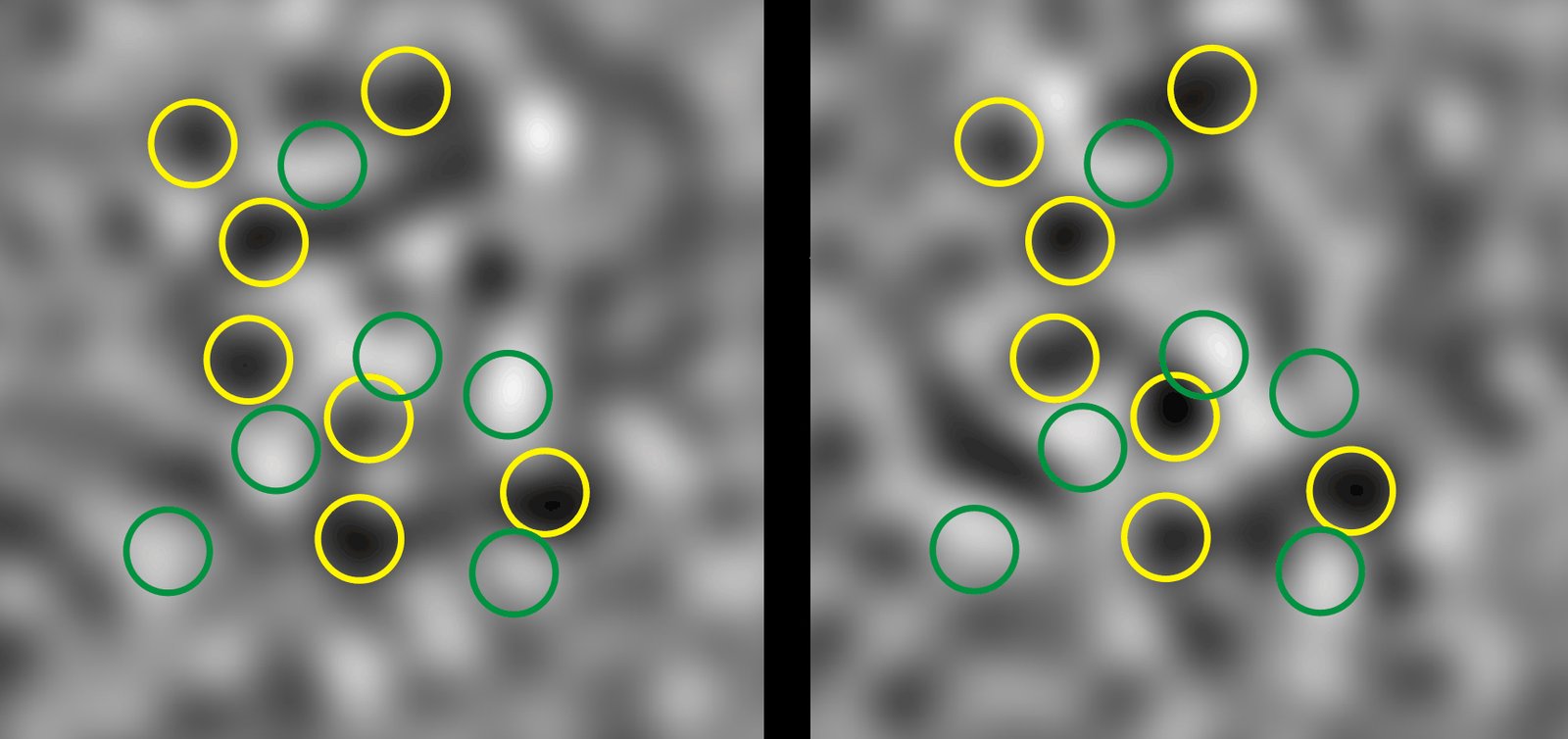Quantum computing is on the brink of revolutionizing the way we process information, and Professor Lene Vestergaard Hau’s pioneering research on slow light is a game-changer that could redefine technological landscapes. Imagine a world where computers can solve complex problems in seconds that would take traditional systems millennia. This isn’t just a futuristic fantasy; it’s a burgeoning reality. Prof. Hau’s work delves into the manipulation of light speed, offering a glimpse into how quantum computing could harness this phenomenon to achieve unprecedented computational power. Her groundbreaking research not only challenges our fundamental understanding of light and matter but also paves the way for advancements that could forever alter technology as we know it.
The Enigma of Slow Light
Slow light is a captivating concept that challenges our basic understanding of how light travels. Typically, light moves at an astonishing speed of approximately 299,792 kilometers per second. However, Prof. Hau’s experiments have demonstrated the ability to slow down this speed dramatically. By utilizing ultracold atoms and Bose-Einstein condensates, she has effectively reduced light speed to a mere 17 meters per second. Imagine trying to slow down a race car to the pace of a leisurely stroll; that’s akin to what Hau has achieved. This breakthrough is not just a scientific curiosity but a potential foundation for quantum computing, as controlling light speed can significantly enhance data processing capabilities.
The Intricacies of Bose-Einstein Condensates

Bose-Einstein condensates (BECs) are a state of matter that arise at temperatures close to absolute zero. In this frigid environment, atoms behave in unison, providing a unique medium to manipulate light. Prof. Hau’s work with BECs has enabled her to slow down light, offering an unprecedented level of control over photons. This control is crucial for quantum computing, where information is processed at the quantum level. BECs act like a playground for light, allowing scientists to explore and experiment with the properties of light in ways previously thought impossible. This exploration is akin to discovering a new dimension in physics, with potential applications that extend far beyond traditional computing.
Quantum Computing: A New Era of Technology
Quantum computing represents a paradigm shift in how we process information. Unlike classical computers that use bits as the smallest unit of data, quantum computers use quantum bits or qubits. Qubits can exist in multiple states simultaneously, thanks to the principle of superposition. This ability allows quantum computers to perform complex calculations at speeds unimaginable with classical systems. Prof. Hau’s research on slow light could be the key to unlocking the full potential of quantum computing. By slowing down light, we can enhance the interaction between qubits, leading to faster and more efficient processing. This advancement could revolutionize industries reliant on data analysis, cryptography, and artificial intelligence.
The Role of Photons in Quantum Computing
Photons, the fundamental particles of light, play a crucial role in quantum computing. They are used to transmit information between qubits, forming the backbone of quantum communication. Prof. Hau’s ability to control the speed of photons opens up new possibilities for quantum networks. By slowing down photons, we can increase the time for quantum interactions, improving the fidelity and reliability of quantum computations. This control over photon speed is like having a dimmer switch for light, allowing scientists to fine-tune the flow of information in a quantum system. Such precision is essential for developing robust quantum technologies that can operate on a global scale.
Potential Applications of Quantum Computing

The potential applications of quantum computing are vast and varied. In the realm of cryptography, quantum computers could render current encryption methods obsolete, leading to the development of unbreakable codes. In medicine, quantum computing can accelerate drug discovery by simulating complex molecular interactions at unprecedented speeds. Prof. Hau’s research on slow light provides the groundwork for these advancements by enabling more efficient quantum computations. Imagine a world where diseases are cured faster than they emerge, where data breaches are a thing of the past, and where machines can predict financial markets with uncanny accuracy. These are not just dreams, but achievable realities with the advent of quantum computing.
Challenges in Quantum Computing

Despite its promise, quantum computing is not without challenges. One of the primary hurdles is maintaining qubit stability, known as coherence, over long periods. Prof. Hau’s work on slow light offers a potential solution by increasing the time available for quantum interactions. However, the technology is still in its infancy, and significant research is needed to overcome technical barriers. Quantum systems are highly sensitive to environmental disturbances, requiring precise conditions to operate effectively. It’s akin to balancing a spinning top on a needle; any slight deviation can disrupt the system. Overcoming these challenges requires a collaborative effort from scientists and engineers worldwide.
Prof. Hau’s Vision for the Future

Prof. Hau envisions a future where her research on slow light integrates seamlessly with quantum computing, creating a synergy that propels technology forward. Her work is not just about slowing down light but about exploring the fundamental nature of the universe. By understanding and manipulating light, we can unlock new dimensions of technology that were previously beyond our reach. Hau’s vision is a testament to the power of curiosity and the endless possibilities that arise from pushing the boundaries of science. It’s a reminder that the future of computing lies not just in faster processors, but in reimagining the very building blocks of technology.
The Global Impact of Quantum Computing
The impact of quantum computing extends far beyond technological advancements; it has the potential to transform societies and economies. Countries investing in quantum research could gain a competitive edge, leading to shifts in global power dynamics. Prof. Hau’s work on slow light positions her at the forefront of this technological revolution, with implications that could shape the future of humanity. Quantum computing could drive innovations in renewable energy, climate modeling, and even space exploration. It’s like holding the key to a treasure trove of knowledge and potential, waiting to be unlocked by those willing to venture into the unknown.
Looking Ahead: The Road to Quantum Supremacy
The journey to quantum supremacy, where quantum computers outperform classical systems in all aspects, is fraught with challenges and opportunities. Prof. Hau’s groundbreaking research on slow light is a significant milestone on this path, offering a glimpse into the future of computing. As we stand on the cusp of a new era, the promise of quantum technology beckons us to explore uncharted territories. The road ahead is long and uncertain, but the potential rewards are immense. It’s a call to action for scientists, innovators, and thinkers to collaborate and push the boundaries of what’s possible.
Quantum computing, fueled by Prof. Hau’s insights into slow light, is poised to redefine our technological landscape forever. Her pioneering research challenges conventional wisdom and offers a beacon of hope for a future where computing power knows no bounds. As we continue to unravel the mysteries of light and matter, the future of technology remains bright and full of promise.




